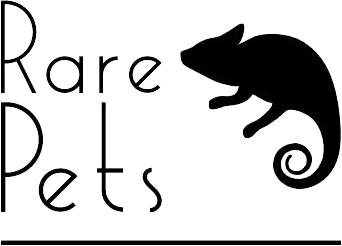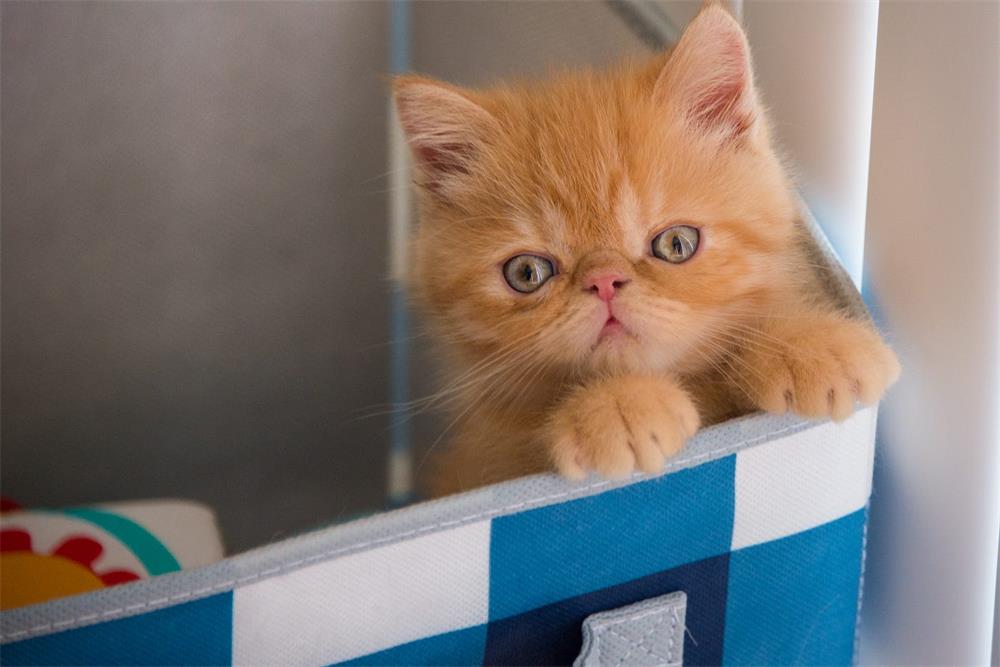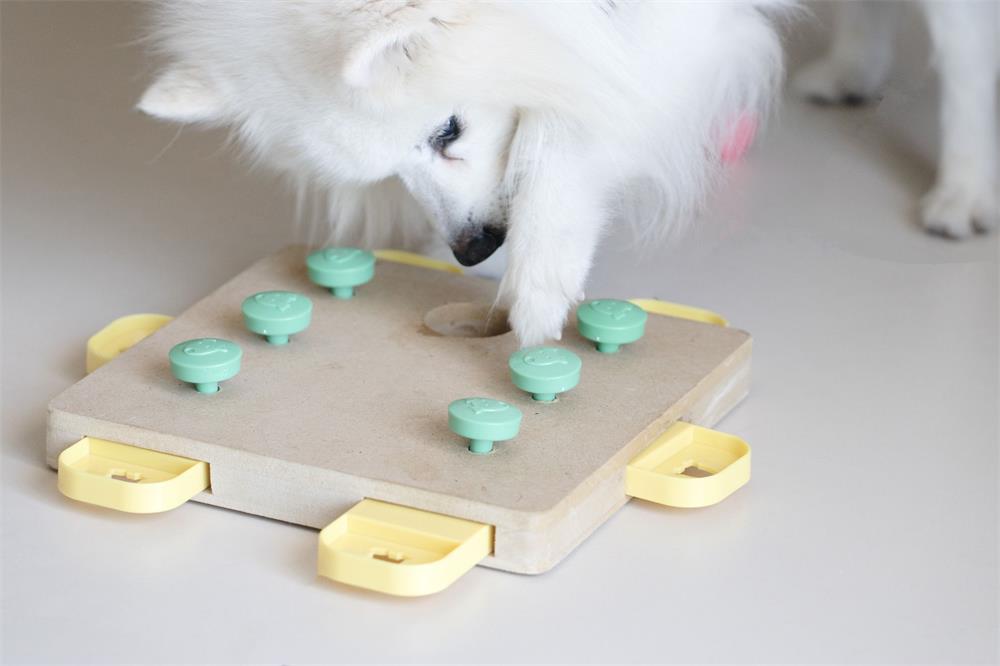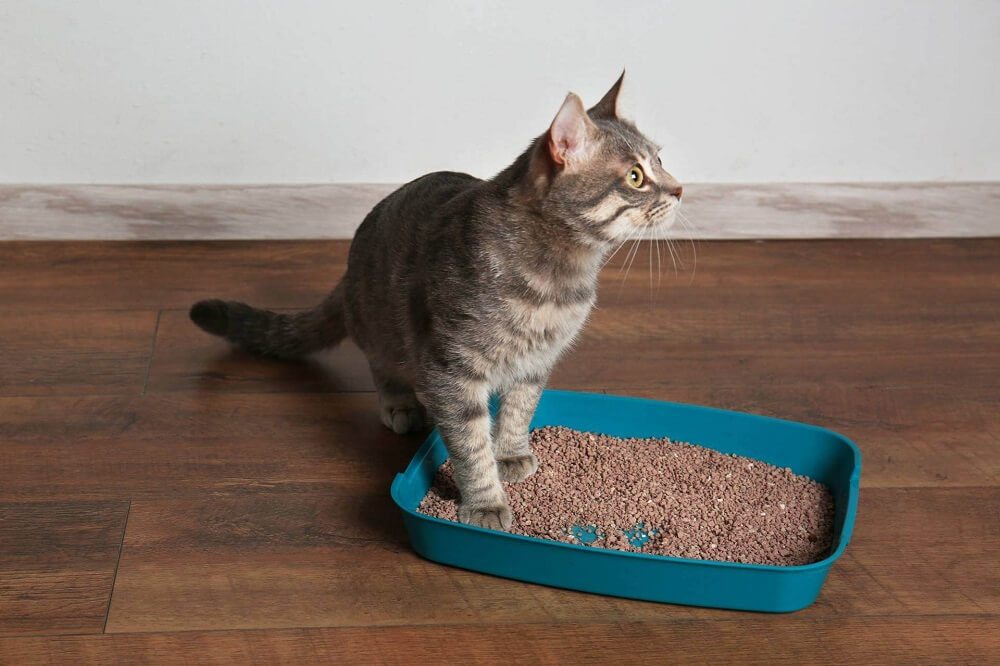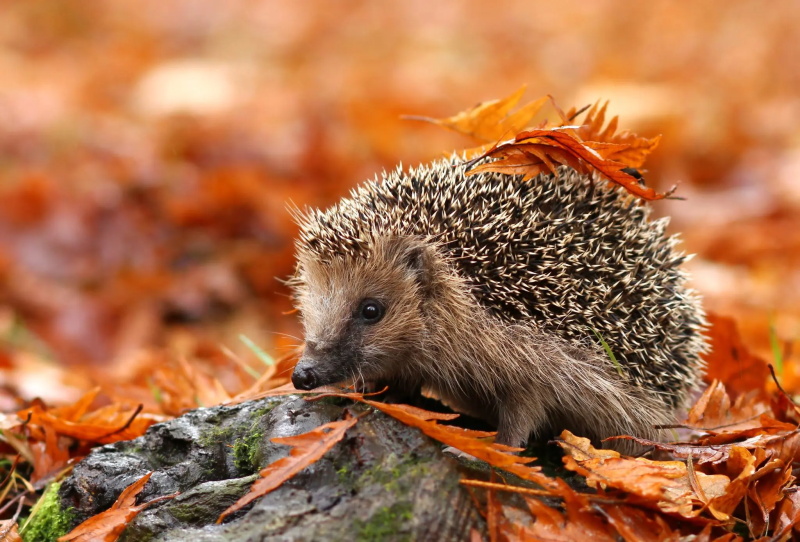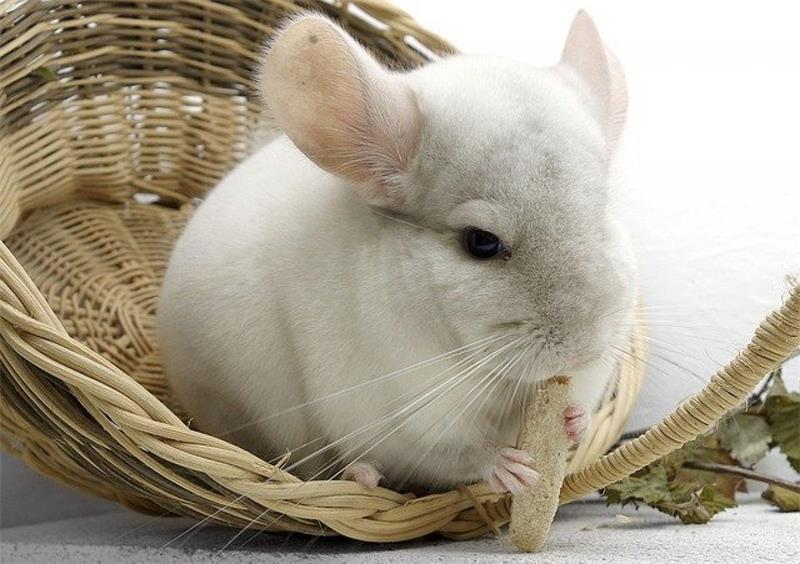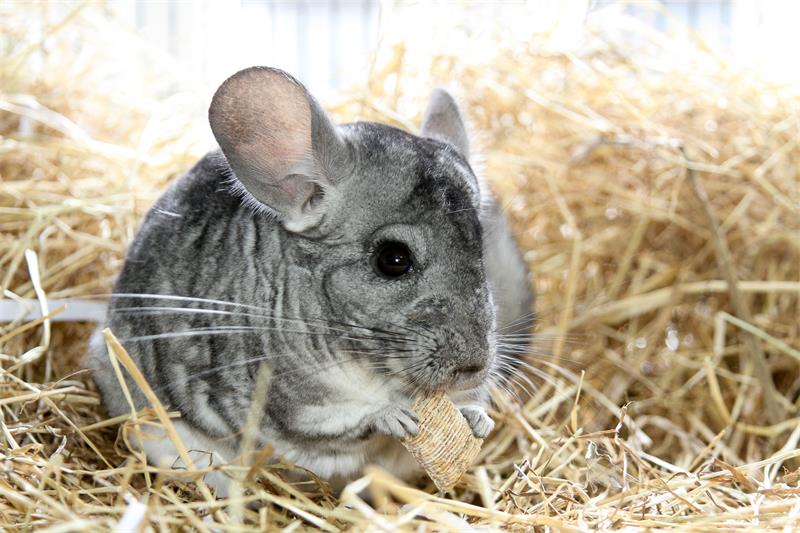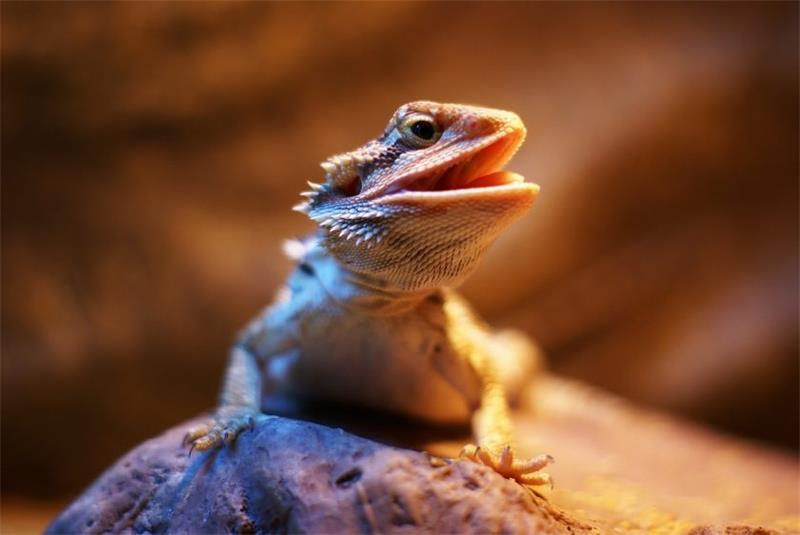
Table of Contents
Bearded dragons are one of the most popular and fascinating reptiles to keep as pets. They are friendly, curious, and active lizards that can form strong bonds with their owners. They are also relatively easy to care for and have unique personalities and behaviors.
But how can you tell what your bearded dragon is feeling or thinking? How can you understand their body language and sounds? How can you communicate with them and make them happy?
In this article, we will explore some of the most common and interesting behaviors of bearded dragons. We will explain what they mean and why they do them. We will also give you some tips on how to interact with your bearded dragon and respond to their signals.
By following this guide, you will be able to better understand your bearded dragon and provide them with a happy and healthy life.
Head Bobbing
Head bobbing is when a bearded dragon rapidly moves its head up and down. It is one of the most common behaviors of bearded dragons and it can have different meanings depending on the context and the intensity.
Head bobbing can indicate:
- Dominance: Bearded dragons head bob to show their dominance or aggression towards other bearded dragons or animals. They usually do this when they are territorial, mating, or fighting. The faster and harder they head bob, the more dominant or aggressive they are.
- Submission: Bearded dragons head bob to show their submission or respect towards other bearded dragons or animals. They usually do this when they are greeting, courting, or avoiding conflict. The slower and softer they head bob, the more submissive or friendly they are.
- Excitement: Bearded dragons head bob to show their excitement or curiosity towards something or someone. They usually do this when they are hunting, playing, or exploring. The speed and force of their head bobbing may vary depending on their mood.
How to respond:
- If your bearded dragon head bobs at you or another animal in a dominant or aggressive way, you should respect their space and leave them alone. You should also check if there is anything that is stressing them out or triggering them, such as a reflection in the glass, a pet cat staring at them, or a lack of hiding places in their enclosure.
- If your bearded dragon head bobs at you or another animal in a submissive or friendly way, you can approach them gently and interact with them. You can also reward them with a treat or a praise for being polite and sociable.
- If your bearded dragon head bobs at you or another animal in an excited or curious way, you can join them in their fun and play with them. You can also stimulate their interest by offering them new toys, foods, or activities.
Arm Waving
Arm waving is when a bearded dragon lifts one of its front legs and waves it in a circular motion. It is another common behavior of bearded dragons and it can also have different meanings depending on the context.
Arm waving can indicate:
- Submission: Bearded dragons arm wave to show their submission or friendliness towards other bearded dragons or animals. They usually do this when they are greeting, courting, or avoiding conflict. They may also do this when they see a larger or more dominant animal, such as a human or a dog.
- Attraction: Bearded dragons arm wave to show their attraction or interest towards other bearded dragons or animals. They usually do this when they are mating or flirting. They may also do this when they see a colorful or attractive animal, such as a bird or a butterfly.
- Distress: Bearded dragons arm wave to show their distress or discomfort towards something or someone. They usually do this when they are scared, stressed, or in pain. They may also do this when they see something that is unfamiliar or threatening, such as a loud noise or a sudden movement.
How to respond:
- If your bearded dragon arm waves at you or another animal in a submissive or friendly way, you can approach them gently and interact with them. You can also reward them with a treat or a praise for being polite and sociable.
- If your bearded dragon arm waves at you or another animal in an attractive or interested way, you can acknowledge their gesture and show them some affection. You can also offer them some stimulation by introducing them to new sights, sounds, or smells.
- If your bearded dragon arm waves at you or another animal in a distress or uncomfortable way, you should back off and leave them alone. You should also check if there is anything that is bothering them or hurting them, such as a wound, an infection, a parasite, or a poor environmental condition.
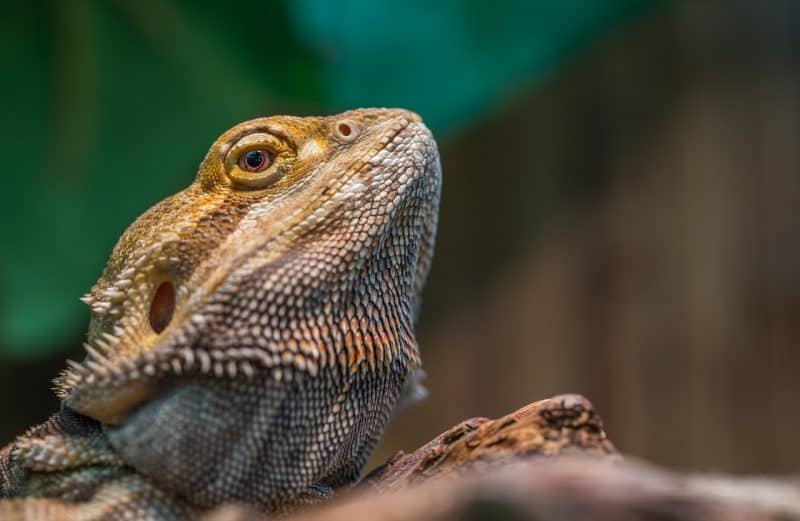
Changing Color
Changing color is when a bearded dragon alters its skin color to match its mood or environment. It is one of the most amazing behaviors of bearded dragons and it can have different purposes depending on the situation.
Changing color can indicate:
- Thermoregulation: Bearded dragons change their color to regulate their body temperature and metabolism. They usually darken their color to absorb more heat or lighten their color to reflect more heat. They may also blend in with their surroundings to camouflage themselves from predators or prey.
- Communication: Bearded dragons change their color to communicate their emotions or intentions to other bearded dragons or animals. They usually darken their color to show their aggression or dominance. They may also lighten their color to show their submission or friendliness.
- Health: Bearded dragons change their color to indicate their health status or condition. They usually darken their color when they are sick, stressed, or injured. They may also lighten their color when they are shedding, brumating, or laying eggs.
How to respond:
- If your bearded dragon changes its color for thermoregulation purposes, you should respect its natural behavior and let it adjust its temperature and metabolism. You should also provide it with a suitable enclosure that has a temperature gradient, a UVB light, and a basking spot.
- If your bearded dragon changes its color for communication purposes, you should understand its message and respond accordingly. You should also provide it with enough social interaction and enrichment to keep it happy and stimulated.
- If your bearded dragon changes its color for health purposes, you should monitor its condition and seek veterinary help if needed. You should also provide it with a balanced diet, supplements, and proper hygiene to keep it healthy and prevent diseases.
Mouth Gaping
Mouth gaping is when a bearded dragon opens its mouth wide and exposes its tongue. It is one of the most common behaviors of bearded dragons and it can have different reasons depending on the context.
Mouth gaping can indicate:
- Cooling down: Bearded dragons mouth gape to cool down their body temperature when they are overheated. They usually do this when they are basking under a heat lamp or in direct sunlight. They may also pant or drool while mouth gaping.
- Showing aggression: Bearded dragons mouth gape to show their aggression or intimidation towards other bearded dragons or animals. They usually do this when they are threatened, angry, or fighting. They may also puff up their beard and hiss while mouth gaping.
- Feeling pain: Bearded dragons mouth gape to show their pain or discomfort when they are sick, injured, or stressed. They usually do this when they have respiratory infections, mouth rot, impaction, or parasites. They may also wheeze, cough, or sneeze while mouth gaping.
How to respond:
- If your bearded dragon mouth gapes to cool down, you should respect its natural behavior and let it adjust its temperature. You should also check if the temperature in its enclosure is not too high or too low and provide it with a temperature gradient and a basking spot.
- If your bearded dragon mouth gapes to show aggression, you should respect its space and leave it alone. You should also check if there is anything that is provoking it or triggering it, such as a reflection in the glass, a pet cat staring at it, or a lack of hiding places in its enclosure.
- If your bearded dragon mouth gapes to show pain, you should seek veterinary help as soon as possible. You should also check if there is anything that is causing it pain or discomfort, such as a wound, an infection, a parasite, or a poor environmental condition.
Beard Puffing
Beard puffing is when a bearded dragon inflates its throat pouch and darkens its color. It is one of the most distinctive behaviors of bearded dragons and it can have different meanings depending on the context.
Beard puffing can indicate:
- Intimidation: Bearded dragons puff up their beard to intimidate or impress other bearded dragons or animals. They usually do this when they are threatened, angry, or mating. They may also head bob and mouth gape while puffing their beard.
- Stress: Bearded dragons puff up their beard to show their stress or anxiety towards something or someone. They usually do this when they are scared, nervous, or uncomfortable. They may also arm wave and change color while puffing their beard.
- Illness: Bearded dragons puff up their beard to show their illness or infection when they are sick or injured. They usually do this when they have respiratory infections, mouth rot, impaction, or parasites. They may also mouth gape and wheeze while puffing their beard.
How to respond:
- If your bearded dragon puffs up its beard to intimidate or impress, you should respect its space and leave it alone. You should also check if there is anything that is provoking it or triggering it, such as a reflection in the glass, a pet cat staring at it, or a lack of hiding places in its enclosure.
- If your bearded dragon puffs up its beard to show stress or anxiety, you should try to calm it down and reassure it. You should also check if there is anything that is bothering it or making it nervous, such as a loud noise, a sudden movement, or a new object in its enclosure.
- If your bearded dragon puffs up its beard to show illness or infection, you should seek veterinary help as soon as possible. You should also check if there is anything that is causing it pain or discomfort, such as a wound, an infection, a parasite, or a poor environmental condition.
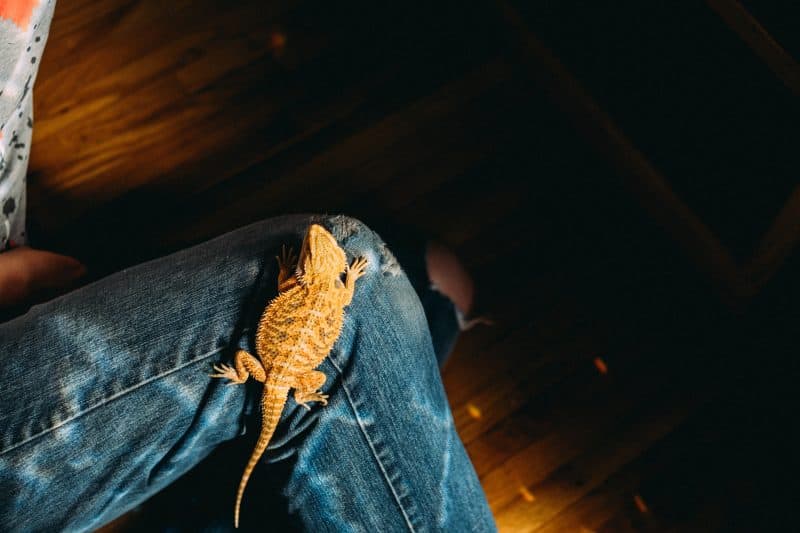
Tail Pointing
Tail pointing is when a bearded dragon points its tail upwards and curls it slightly. It is one of the most subtle behaviors of bearded dragons and it can have different meanings depending on the context.
Tail pointing can indicate:
- Excitement: Bearded dragons point their tail upwards to show their excitement or curiosity towards something or someone. They usually do this when they are hunting, playing, or exploring. They may also head bob and tail twitch while pointing their tail.
- Irritation: Bearded dragons point their tail upwards to show their irritation or annoyance towards something or someone. They usually do this when they are bored, stressed, or unhappy. They may also mouth gape and change color while pointing their tail.
- Mating: Bearded dragons point their tail upwards to show their mating or breeding readiness towards other bearded dragons or animals. They usually do this when they are in heat, courting, or copulating. They may also arm wave and beard puff while pointing their tail.
How to respond:
- If your bearded dragon points its tail upwards to show excitement or curiosity, you can join them in their fun and play with them. You can also stimulate their interest by offering them new toys, foods, or activities.
- If your bearded dragon points its tail upwards to show irritation or annoyance, you can try to cheer them up and entertain them. You can also check if there is anything that is boring them or stressing them out, such as a lack of social interaction, enrichment, or variety in their enclosure.
- If your bearded dragon points its tail upwards to show mating or breeding readiness, you can either let them mate with another bearded dragon of the opposite sex or separate them if you don’t want them to breed. You can also check if there is anything that is triggering their reproductive cycle, such as the season, the temperature, or the photoperiod.
Basking
Basking is when a bearded dragon lies flat on a warm surface under a heat or UVB lamp. It is one of the most essential behaviors of bearded dragons and it has different benefits depending on the situation.
Basking can indicate:
- Thermoregulation: Bearded dragons bask to regulate their body temperature and metabolism. They usually do this when they need to warm up or cool down. They may also change their color and posture while basking.
- Digestion: Bearded dragons bask to aid their digestion and absorption of nutrients. They usually do this after they eat a meal or drink water. They may also close their eyes and relax while basking.
- Comfort: Bearded dragons bask to show their comfort and relaxation. They usually do this when they are happy and content. They may also stretch and yawn while basking.
How to respond:
- If your bearded dragon basks for thermoregulation purposes, you should respect its natural behavior and let it adjust its temperature and metabolism. You should also provide it with a suitable enclosure that has a temperature gradient, a UVB light, and a basking spot.
- If your bearded dragon basks for digestion purposes, you should respect its natural behavior and let it digest its food and water. You should also provide it with a balanced diet, supplements, and fresh water.
- If your bearded dragon basks for comfort purposes, you should respect its natural behavior and let it enjoy its time. You should also provide it with enough social interaction and enrichment to keep it happy and stimulated.
Hiding
Hiding is when a bearded dragon burrows into the substrate or hides under objects. It is one of the most common behaviors of bearded dragons and it can have different meanings depending on the context.
Hiding can indicate:
- Cooling down: Bearded dragons hide to cool down their body temperature when they are overheated. They usually do this when they are exposed to high temperatures or direct sunlight. They may also change their color and posture while hiding.
- Stress: Bearded dragons hide to cope with stress or anxiety towards something or someone. They usually do this when they are scared, nervous, or uncomfortable. They may also arm wave and beard puff while hiding.
- Brumation: Bearded dragons hide to enter a state of dormancy during the winter months. They usually do this when they are exposed to shorter daylight hours and lower temperatures. They may also stop eating and drinking while hiding.
How to respond:
- If your bearded dragon hides to cool down, you should respect its natural behavior and let it adjust its temperature. You should also check if the temperature in its enclosure is not too high or too low and provide it with a temperature gradient and a basking spot.
- If your bearded dragon hides to cope with stress or anxiety, you should try to calm it down and reassure it. You should also check if there is anything that is bothering it or making it nervous, such as a loud noise, a sudden movement, or a new object in its enclosure.
- If your bearded dragon hides to enter brumation, you should respect its natural behavior and let it rest. You should also check if the photoperiod and temperature in its enclosure are appropriate for brumation and monitor its weight and hydration.
Sounds
Sounds are when a bearded dragon makes noises with its mouth or throat. It is one of the most rare behaviors of bearded dragons and it can have different meanings depending on the context.
Sounds can indicate:
- Happiness: Bearded dragons make sounds to show their happiness or satisfaction towards something or someone. They usually do this when they are playing, eating, or cuddling. They may also make sounds such as purring, humming, or chirping.
- Anger: Bearded dragons make sounds to show their anger or frustration towards something or someone. They usually do this when they are threatened, annoyed, or fighting. They may also make sounds such as hissing, growling, or snarling.
- Pain: Bearded dragons make sounds to show their pain or discomfort when they are sick, injured, or stressed. They usually do this when they have respiratory infections, mouth rot, impaction, or parasites. They may also make sounds such as wheezing, coughing, or squeaking.
How to respond:
- If your bearded dragon makes sounds to show happiness or satisfaction, you can join them in their joy and praise them. You can also reward them with a treat or a cuddle for being happy and satisfied.
- If your bearded dragon makes sounds to show anger or frustration, you can back off and leave them alone. You can also check if there is anything that is provoking them or triggering them, such as a reflection in the glass, a pet cat staring at them, or a lack of hiding places in their enclosure.
- If your bearded dragon makes sounds to show pain or discomfort, you should seek veterinary help as soon as possible. You should also check if there is anything that is causing them pain or discomfort, such as a wound, an infection, a parasite, or a poor environmental condition.
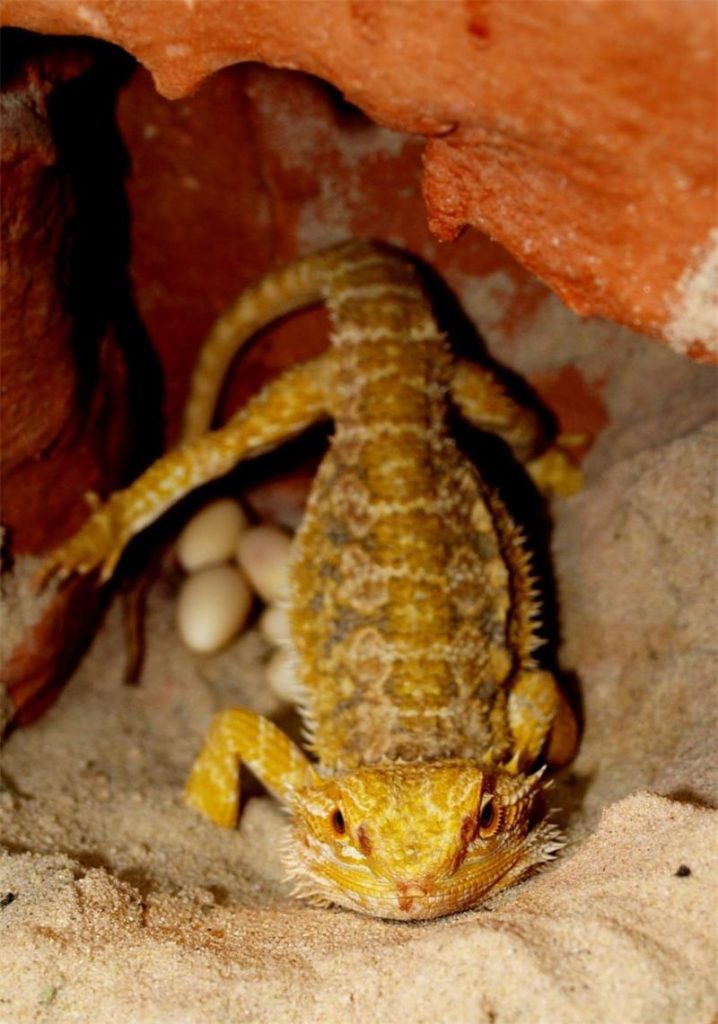
Conclusion
Bearded dragons are amazing reptiles that have a lot to offer as pets. They are friendly, curious, and active lizards that can communicate with their owners and other animals in different ways.
We hope this article has helped you learn more about the behaviors of bearded dragons and what they mean. By following this guide, you will be able to better understand your bearded dragon and provide them with a happy and healthy life.
